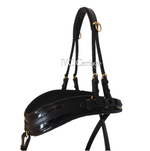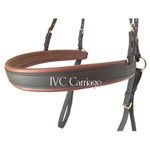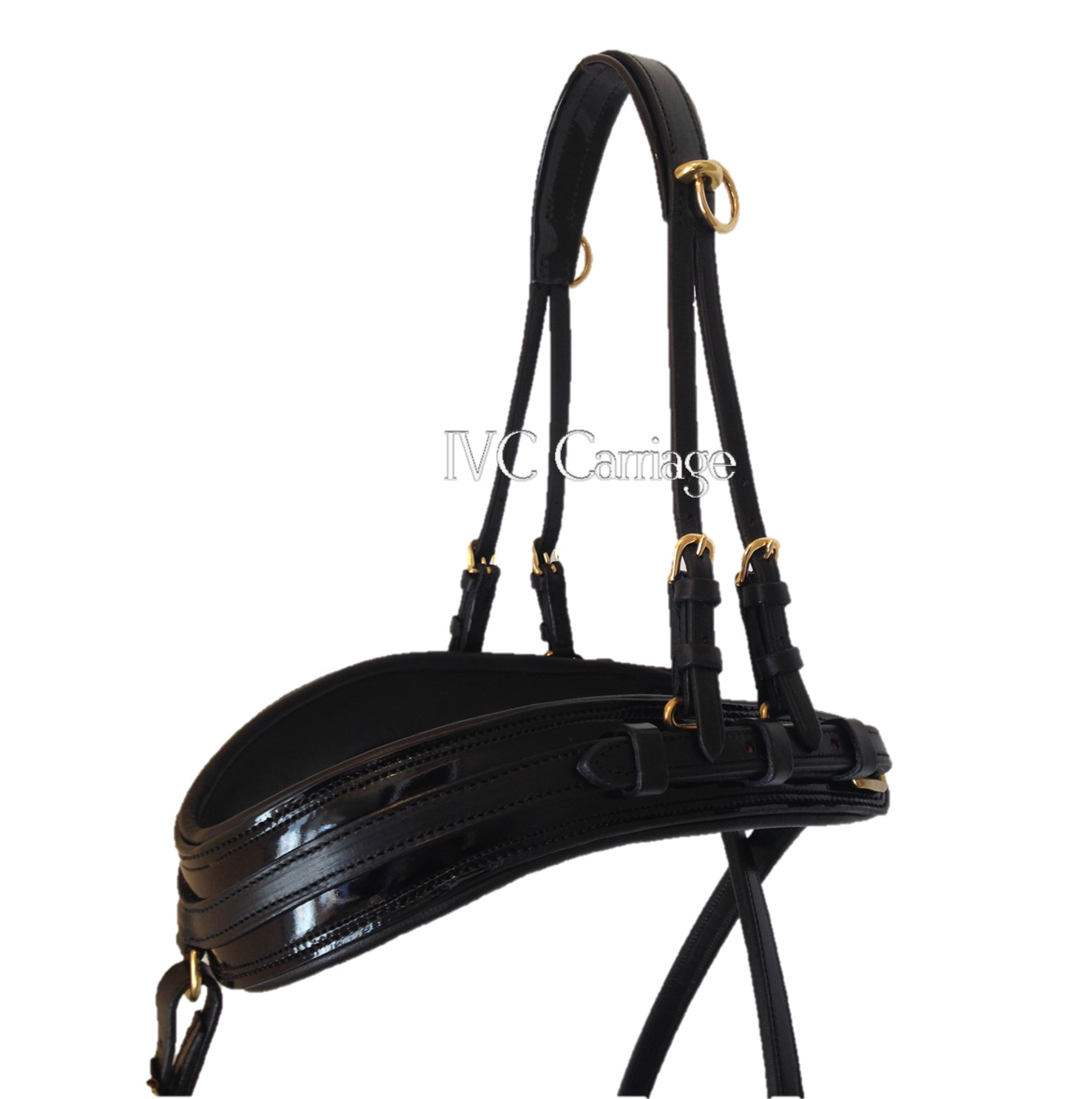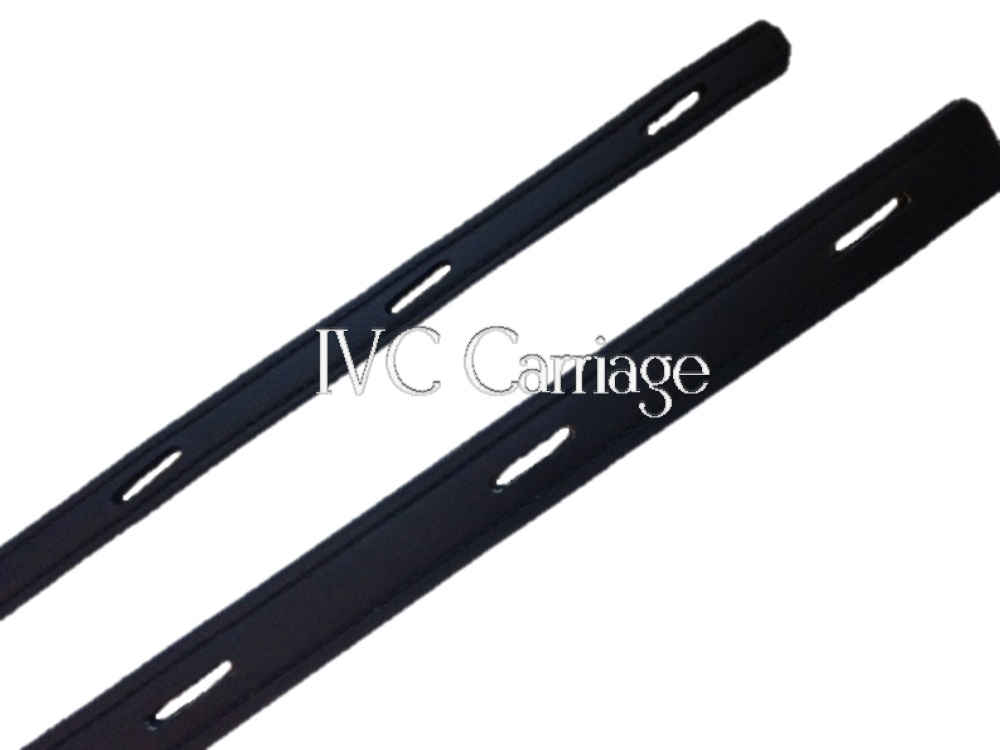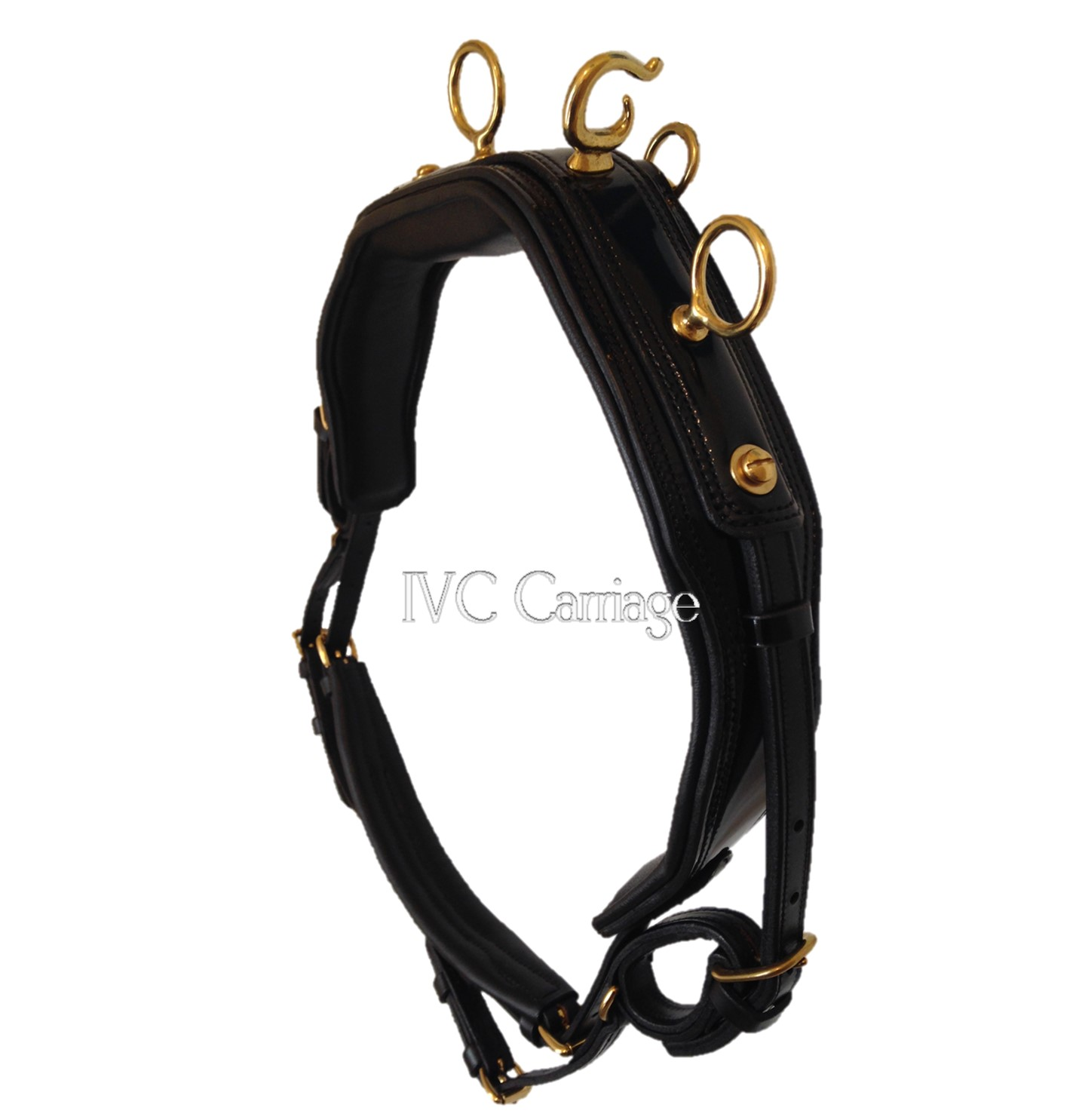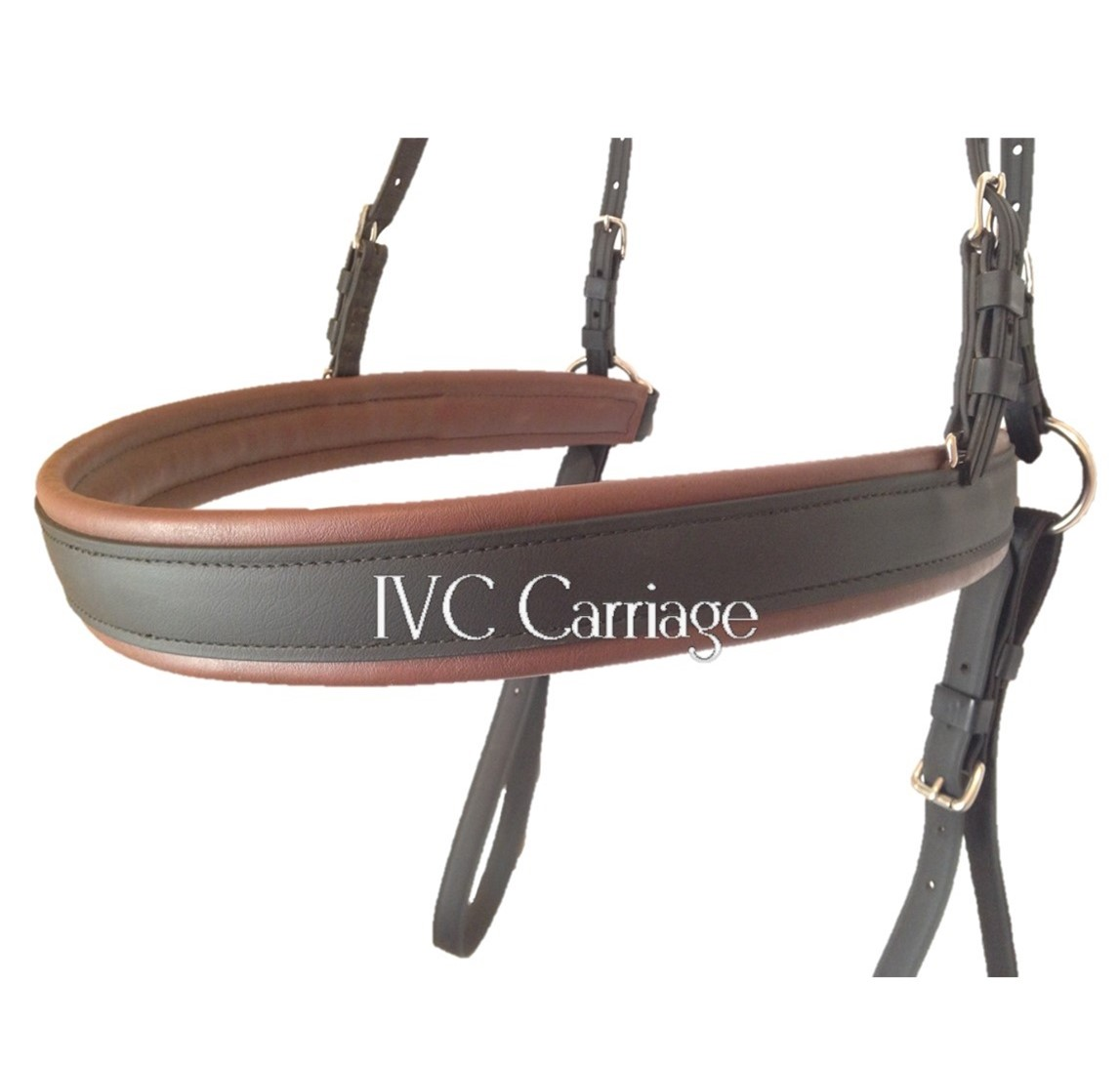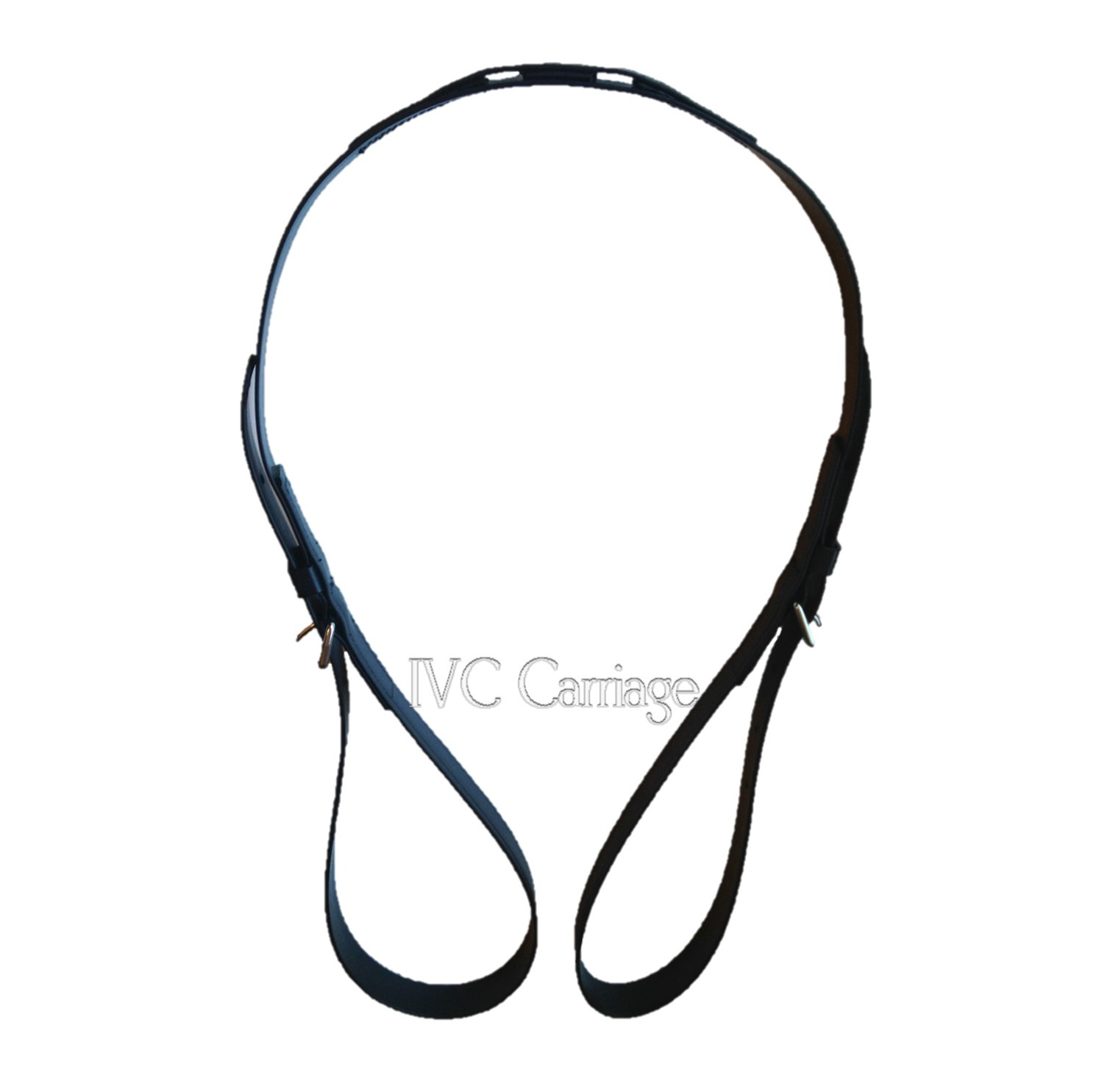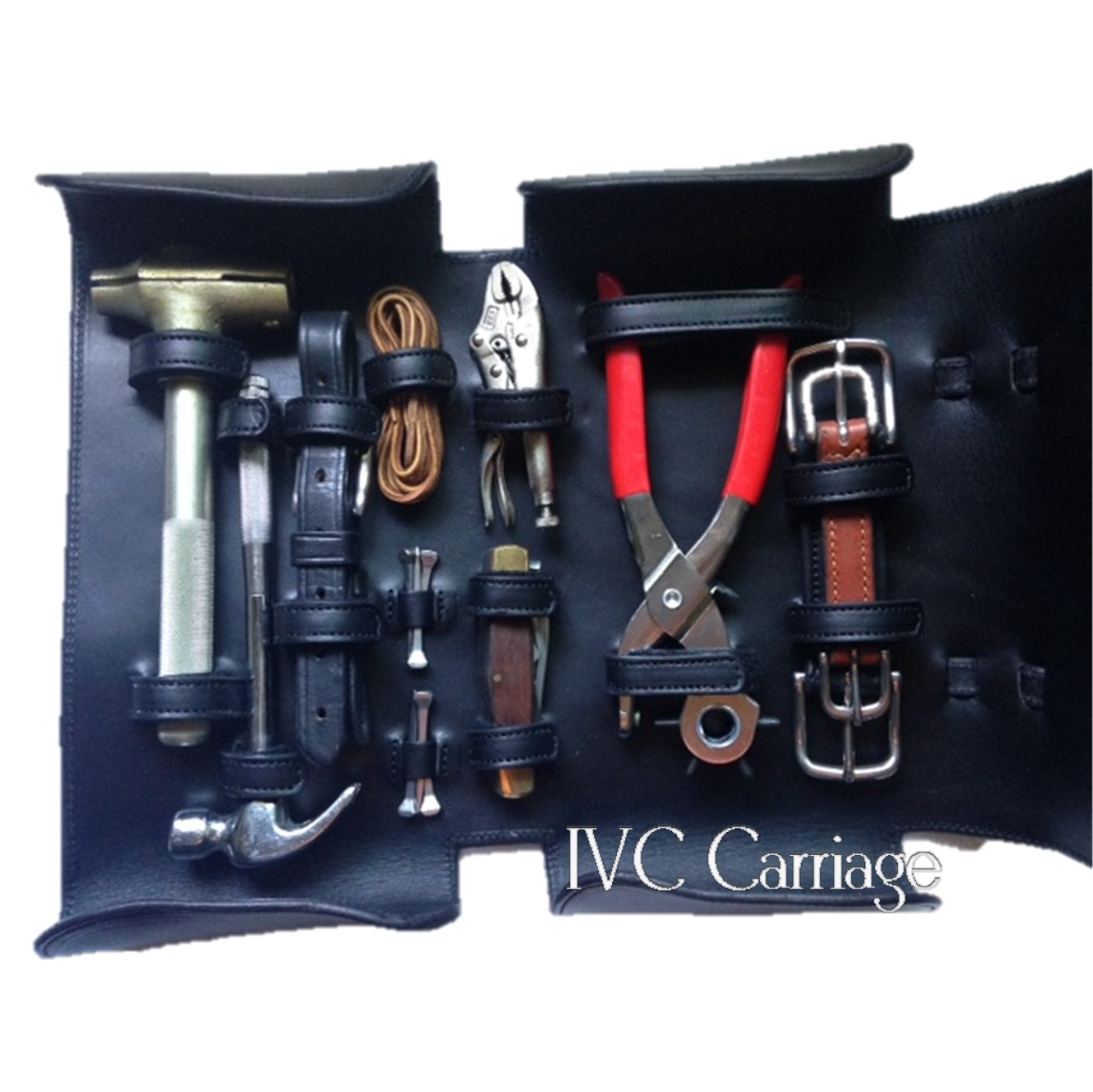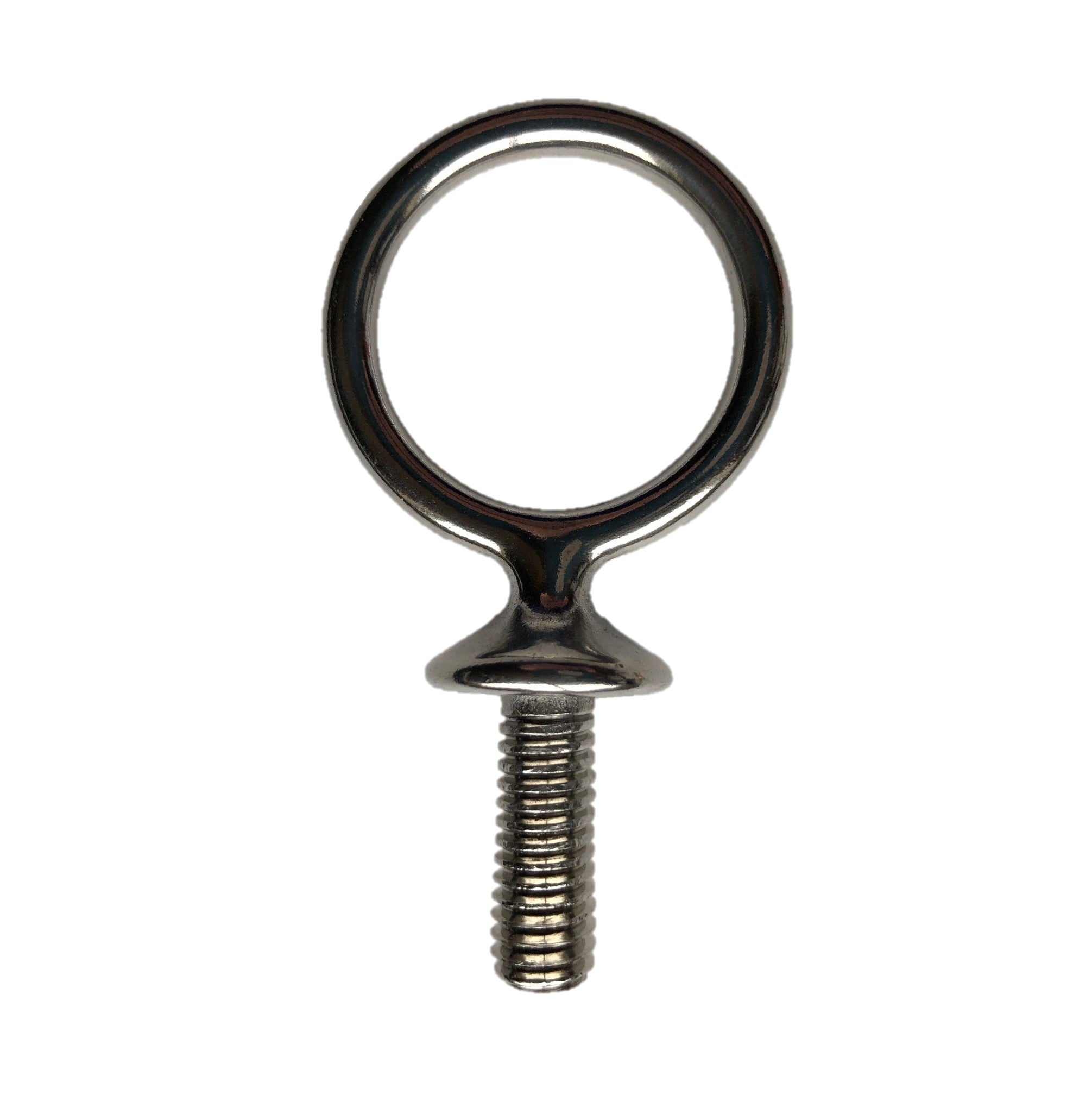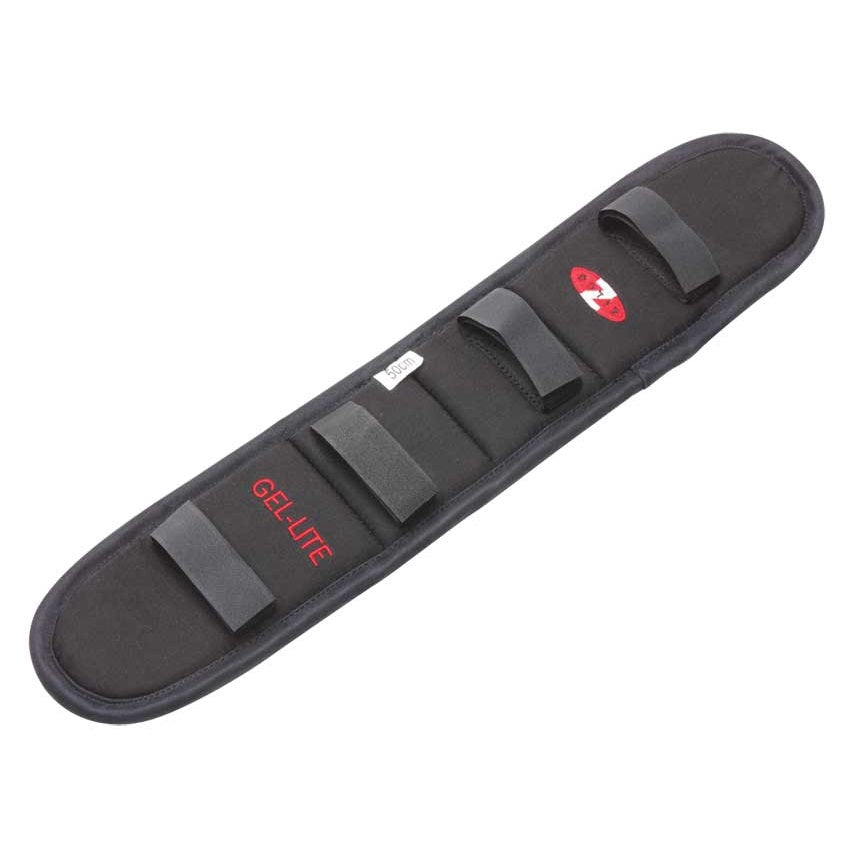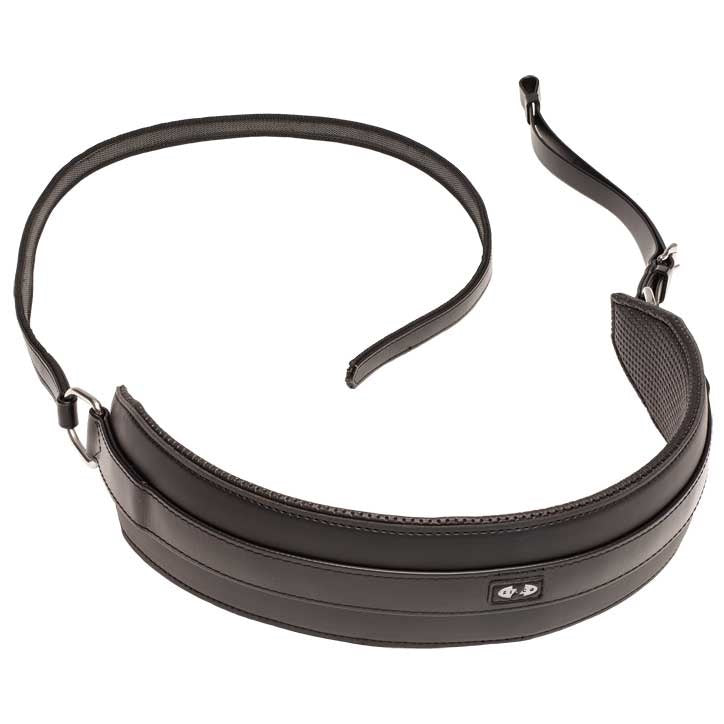Menu
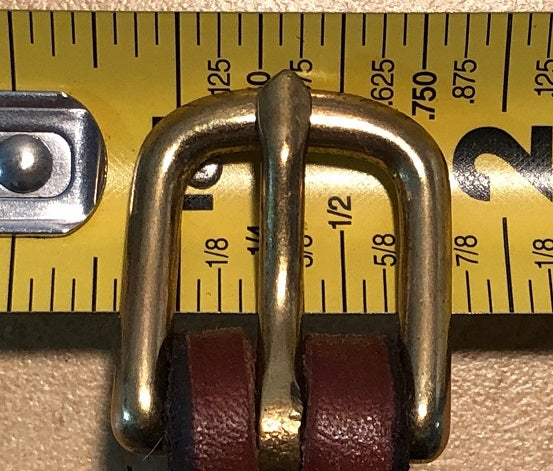
Measuring Horse Harness Parts & Hardware
We sell a lot of horse harness parts. And we sell a lot of replacement parts for harnesses that are not our brands. That being said, we always need measurements from our customers’ existing harnesses in order to match up new parts to them. We have found, however, that many people are unfamiliar with what measurements need to be taken in order to do so. We try to request the measurements needed in the description of each part on our website, and some parts even have photos showing where to measure. Through this article, we have used an E-Z Read measuring tape that shows the fractions. We have measured from a whole number, but not the end of the tape measure since the end doesn’t have the fractions labelled.
The first question many people have is how to measure a buckle. Buckles come in many sizes and styles. However, the interior width is pretty standard amongst USA harness makers. Typical buckle sizes are 1/2”, 5/8”, 3/4”, 7/8”, 1”, etc. to match strap sizes. There are some larger buckles for larger parts. Buckles are measured by the inside width. The reason you don’t measure the outside of the buckles is because the style of the buckle can change the exterior width while the inside width is the same.
In the photo below, both of the buckles are 3/4” inside width for 3/4” reins. Both buckles are “horseshoe” shaped. The buckle on the left is about 1 3/8” wide on the outside, while the buckle on the right is only about 1” wide. So, measuring the exterior width of the buckles is not helpful to determine which size you need for 3/4” reins.

In the photo below, there are three rein swivels meant to attach to three different size reins, 1/2”, 5/8”, and 3/4”.

If the end of the rein is larger than the rein swivel buckle, the swivel will not attach to the rein. Horse size reins can come with the end pared down to 1/2” even if the reins themselves are 5/8” or 3/4”. Thus, it is necessary to know the width of the end of your reins to match them up properly.
Here are different width buckles with their measurements: 1/2"
1/2" 5/8"
5/8" 3/4"
3/4"
Sometimes you can use a smaller size strap in a larger size buckle, but you will get a lot of slop. This is a 1” trace in a 1.5” buckle on a trace extender.

However, it never works to put that same 1” trace in a 3/4” trace converter. A larger strap will not attach to a smaller buckle.
Parts also are not necessarily universal between manufacturers. We have two leather pony harnesses built by two different harness makers using the exact same measurements from our 13-hand pony. One harness has much finer parts than the other. One saddle has 3/4” tug bearing straps (1st photo below), while the other saddle has 1” tug bearing straps (2nd photo below). This means that the shaft tugs on those harnesses are not interchangeable. If we need to replace those tugs or order a different style, we need to know the width of the tug bearing straps from the saddle we are trying to match, as well as the width of the girth buckles so that the tugs buckle into those properly, too.


In the photos below, you can see how different parts match up and why we may need to have strap measurements as well as interior buckle measurements.  This 1/2” hip strap matches a 1/2” breeching uptug buckle.
This 1/2” hip strap matches a 1/2” breeching uptug buckle.
 The 5/8” turnback strap matches a 5/8” buckle on the crupper.
The 5/8” turnback strap matches a 5/8” buckle on the crupper.
Other hardware that needs to be measured includes snap shackles for metal singletrees on carriages. They come in various sizes and are a different style than the ones that go on harness straps. So, you need to know how wide your singletree is to know which width attachment you need. 


The bases for the singletree shackles are much narrower than the ones that attach to harness straps. Straps require completely different shackles with wider bases. 

Another commonly mismeasured piece of horse equipment is bits. They are measured by just the mouthpiece where it goes in the horse’s mouth. The width of the horse’s mouth and the bit measurement should closely match. The bit below is a 4” bit. 

Fixed cheek bits are measured the same way. The bit below is 5 3/4” wide.


We have another entire article on measuring bits and the horse’s mouth on this page: https://www.ivccarriage.com/pages/how-to-measure-a-bit
Hopefully, this helps you understand how and why measurements are needed for a properly fitting part for your harness, horse, or carriage. Measuring correctly the first time saves time and money for the harness maker, the retailer, and the customer, and ultimately results in a happy transaction for everyone, including the horse. 😊
- Choosing a selection results in a full page refresh.




